Cycling and astronomy: A magical combination
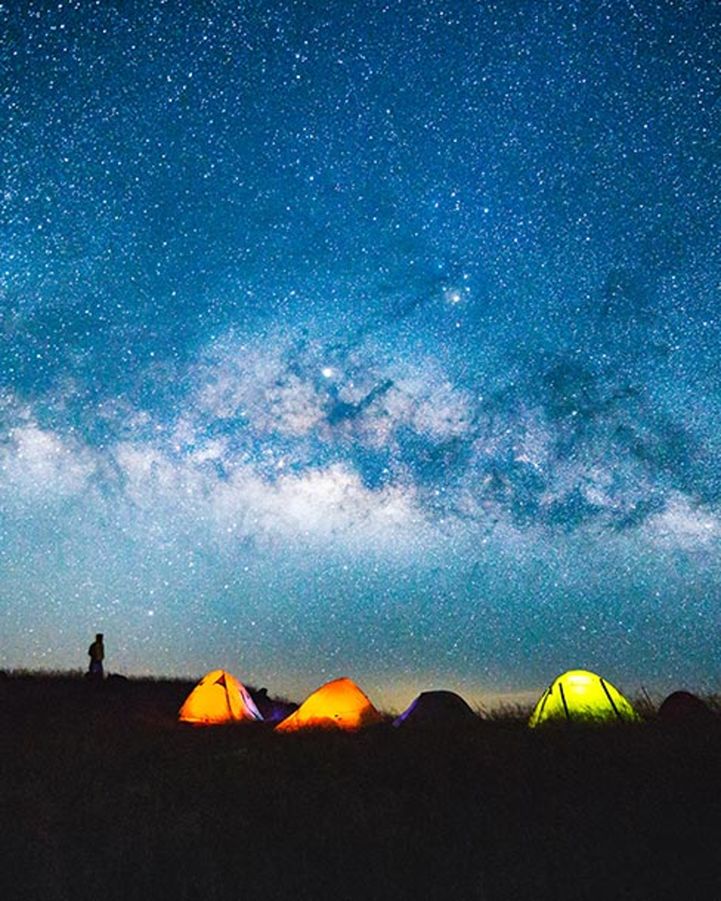
Imagine cycling to a beautiful natural destination at sunset, where magic awaits you and the stars are alight as soon as night falls. If this sounds appealing, continue reading to find out more about the perfect “Astro Tourism” destinations along EuroVelo 1 – Atlantic Coast Route, the ideal route for astronomy lovers.
Astro Tourism is a sustainable and responsible form of tourism that combines night and daytime sky observations and leisure activities related to astronomy. It is also a way to promote territories that find in star tourism an excellent opportunity to increase quality visitors. To discover these spots, we recommend using Starlight Destinations for officially certified recommendations. Certified areas, besides having suitable climate conditions for stargazing and excellent sky quality, also have the means to guarantee its protection. They are easily accessible and provide travellers with what they need for a perfect stay and astronomic experience. Find out more about the Starlight Foundation here.
Spain
In Spain, EuroVelo 1 enters the land of world-famous wines: La Rioja. But did you know that La Rioja’s high valleys are also a UNESCO Biosphere Reserve and the perfect destination for stargazing? Actually, since 2012, the territory of La Rioja Biosphere Reserve was the first Spanish tourist destination to be declared a protected area and recognised as a Starlight Tourist Destination. This means that it is one of the best areas in the country for stargazing thanks to its distance from large population centres, its environment and its climate.
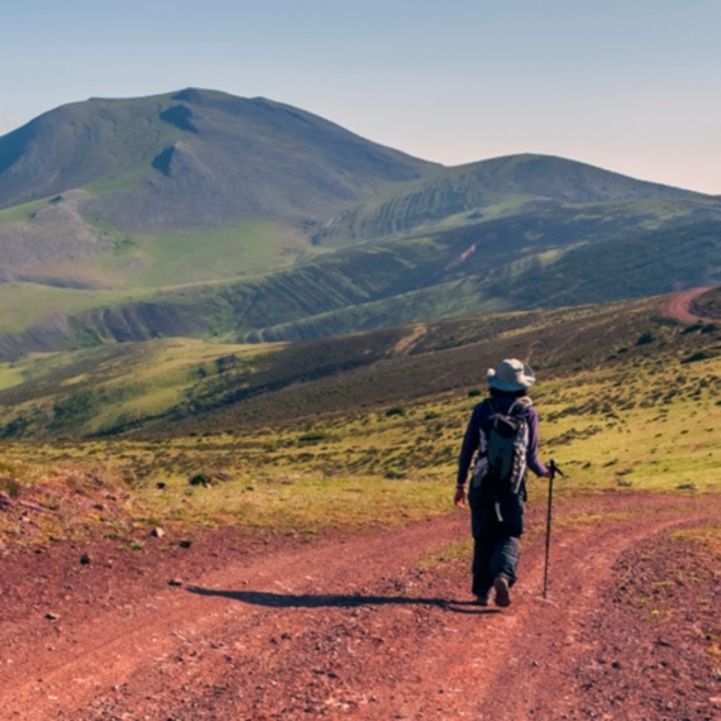
What also makes it special is that it has several incredible places to view the sky at the Leza, Jubera, Cidacos and Alhama Valleys Biosphere Reserve. The reserve’s conservation efforts ensures the sky is of sufficient quality to see the stars, while maintaining a material and immaterial heritage linked in one way or another to astronomy. It also organises the “Starry Nights” programme, usually in the summer months, which provides guided observations. Find out more on the following website.
EuroVelo 1 next arrives in Logroño through a surprising landscape among vineyards, following the historic and cultural route of the French Way of St. James. To visit the Biosphere Reserve in La Rioja you must leave the EuroVelo 1 – Atlantic Coast Route as the cycle route does not cross the valleys.
Following the journey towards Portugal you reach the region of Extremadura, where you can find a great offer of Astro Tourism experiences. When pedalling through Extremadura you will be amazed by the rich historical and natural sites during the day, and the starry skies during the night. In this detailed guide about cycling EuroVelo 1 in Extremadura you will find all the tips, recommendations and astronomy experiences for your cycling holiday.
Leaving EuroVelo 1 in Extremadura you can also reach the magnificent areas of the Biosphere Reserve of Monfragüe and the surroundings of the Great Lake of Alqueva. Both of them are certified Starlight Destinations. You can find out more about the astronomy destinations of the Taxus Transborder Biosphere Reserve in this detailed “Star Guide” full of tips for stargazing (in Spanish).
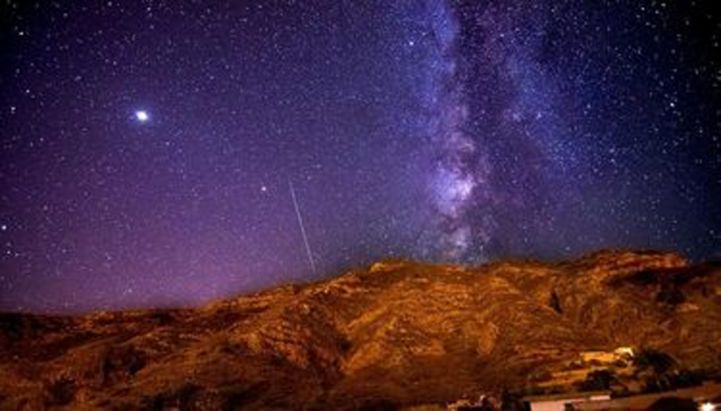
France
Continuing with your Astro cycling journey along La Velodyssee in France, a perfect region for stargazing and the one with the least amount of light pollution is Brittany, on a route stage from Morlaix to Carhaix. Make sure to put a good camera in your bicycle saddle because you will have plenty of opportunity for some extraordinary Astro photographs. If you intend on capturing some deep-sky objects (such as nebulae or galaxies), the skies have to be as dark as possible to increase the contrast between the black sky and the faint objects.
However, if you’re into landscape astrophotography, you’ll need to link the sky with the landscape as it naturally appears when you’re outdoors. Looking from Earth, human eyes can encompass the sky and the landscape simultaneously. So, you’ll need a balance between darkness of the sky and luminosity of the landscape, and Brittany is just the spot!
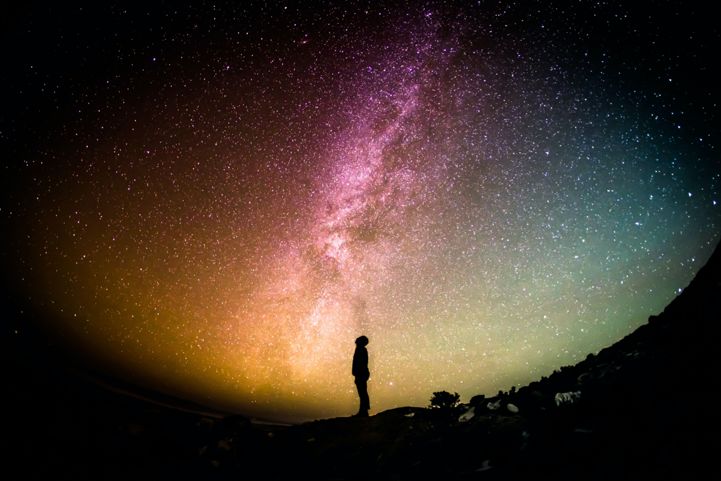
If you’d like to take a photo of the Milky Way in Sagittarius you can find a beach along the southern coast. To capture the discrete Zodiacal Light you can find a cliff along the west coast. The first next light in front of you would be 4,000 kilometres away! The exposure times are short enough to capture the stars but watch out for weather forecast, Brittany can be rather rainy throughout the year.
In Morlaix if you make a slight 40 km detour east, you will find the Planetarium De Bretagne in Pleumeur-Bodou. This is one of the largest planetariums in Europe, where you can marvel at the cosmic ballet of stars, learn more about our solar system, traverse the galaxies, space and time, and boldly go where no one has gone before. The planetarium offers an immersive 360° screen coverage 3D image system. The program also includes shows specially tailored for children of all ages.
On the way to southern France, from Bayonne you could make a detour south-east to a must-see site for all true astro aficionados – Pic du Midi. It is located in the Pyrenees, at an altitude of 2877 metres, accessible by a cable car. This is Europe’s highest planetarium, the only Dark-Sky Preserve in France, and an ideal star gazing spot. As the sun gently sets on the horizon, breathe in the clean mountain air, relax and contemplate while the first stars appear in the night sky.
Ireland
The Atlantic coast in Ireland also meets the perfect conditions for stargazing and many of the best astronomy spots of the island are crossed by the EuroVelo 1 – Atlantic Coast Route. Another existing certification that measures sky quality for astronomy observation is the Dark Sky Certification. The Emerald Isle has three protected areas certified by the Dark Sky Association and two of them are crossed by EuroVelo 1. At the southeast of the island you can cycle to the Iveragh Peninsula for an amazing stargazing experience to the sounds of the ocean in pristine dark skies. The lack of light pollution in the Kerry International Gold Tier Dark Sky Reserve, means you see the star constellations and planets as they were seen by our ancestors.
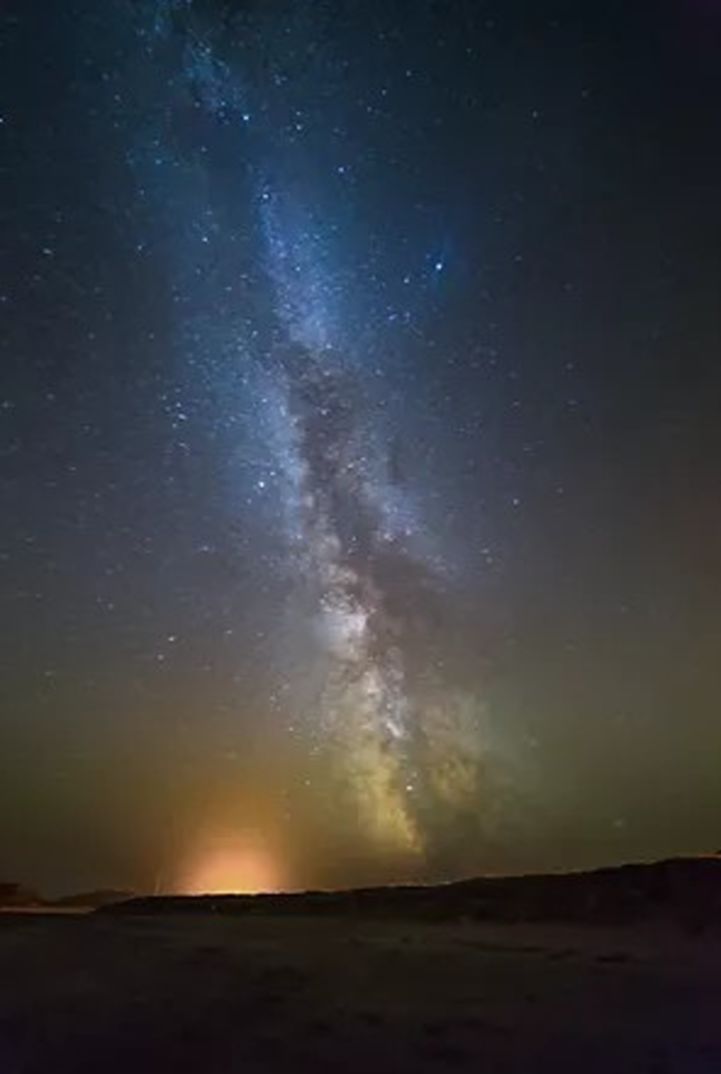
The reserve is a public access area covering most of South Kerry and there is no fee and no constraints on access. You are free to stargaze at your leisure and do not need to hire a guide. But if you would like to, there are several stargazing services, such as guided tours for groups and individuals you can contact for more information here. In the following website you can find detailed information of the best spots to observe the sky at the certified Dark Sky destinations in Ireland, you can also find the latest events and activities for astronomy lovers.
Further north on the Irish coast is the Mayo International Dark Sky Park showcasing some of the darkest, most pristine skies in the world. Nestled between the remote Nephin Mountain Range and the unspoiled Atlantic coastline, the Dark Sky Park extends across an area of 150 km2. Its borders encompass the lands of Wild Nephin National Park.
You can reach two fantastic viewing points along EuroVelo 1: The Claggan mountain coast trail and the Ballycroy visitor centre. On a clear night in Mayo, you can see over 4,500 twinkling stars, along with other planets in our solar system, the Milky Way and even meteor showers all with the naked eye.
Norway
The far North of Europe is a place of landscapes of striking beauty and natural wonders, a realm on the border of reality and imagination, shrouded in mists and Nordic legends.
If you’re enthusiastic about getting out of the comfort zone and crowded urban areas, itching to explore daring new frontiers and soak in the wonderous other-worldly phenomenon, the EuroVelo 1 Route in Norway would be the perfect choice.
One of the most famous occurrences you’ll experience at North Cape is the midnight sun. It is also the northernmost point and start of the EuroVelo 1 route. Around the summer solstice (from 12 May till 31 July) the Sun does not set below the horizon within a 24-hour period. This is due to the fact that Earth’s axis is tilted, and north Norway is always facing the Sun. So, you would have the opportunity to cycle while basking in the radiant sun glow whole day (and night).

After a long cycling session, a proper rest is needed. Luckily, there are glamping options, in a private glass igloo with a 180-degree floor-to-ceiling windows. You can find such accommodation at Trones-Eye which is located on the outskirts of Stiklestad Golf Course on a peninsula in the Trondheim Fjord. The igloo comes with luxury beds, heaters and all other amenities for a comfy stay. And not to mention a perfect view of a clear skies.
Another place for rest is Lyngen North, located at the tip of the Spåkenes Peninsula in the outer region of the Lyngenfjord. There you will also find a jacuzzi, a grill house and the boat marina. Beside glass igloos there are fully equipped houses suitable for groups of people. If you make a stop at Tromsø, make sure to check out the Science Centre of Northern Norway and its magnificent planetarium. In an amazing dome you can gaze at the Aurora Borealis, and learn more about it through a prism of science and myths.
Further along your way on EuroVelo 1, you might spot moose or puffins, or take some time to enjoy the Riddu Riđđu - a world renowned indigenous folk festival in the second week of July in Kåfjord. While cycling down south, you could make a detour from the EuroVelo 1 route in Bergen, and head east to Oslo where you’ll find Norwegian Space Agency, which coordinates Norwegian space activities.